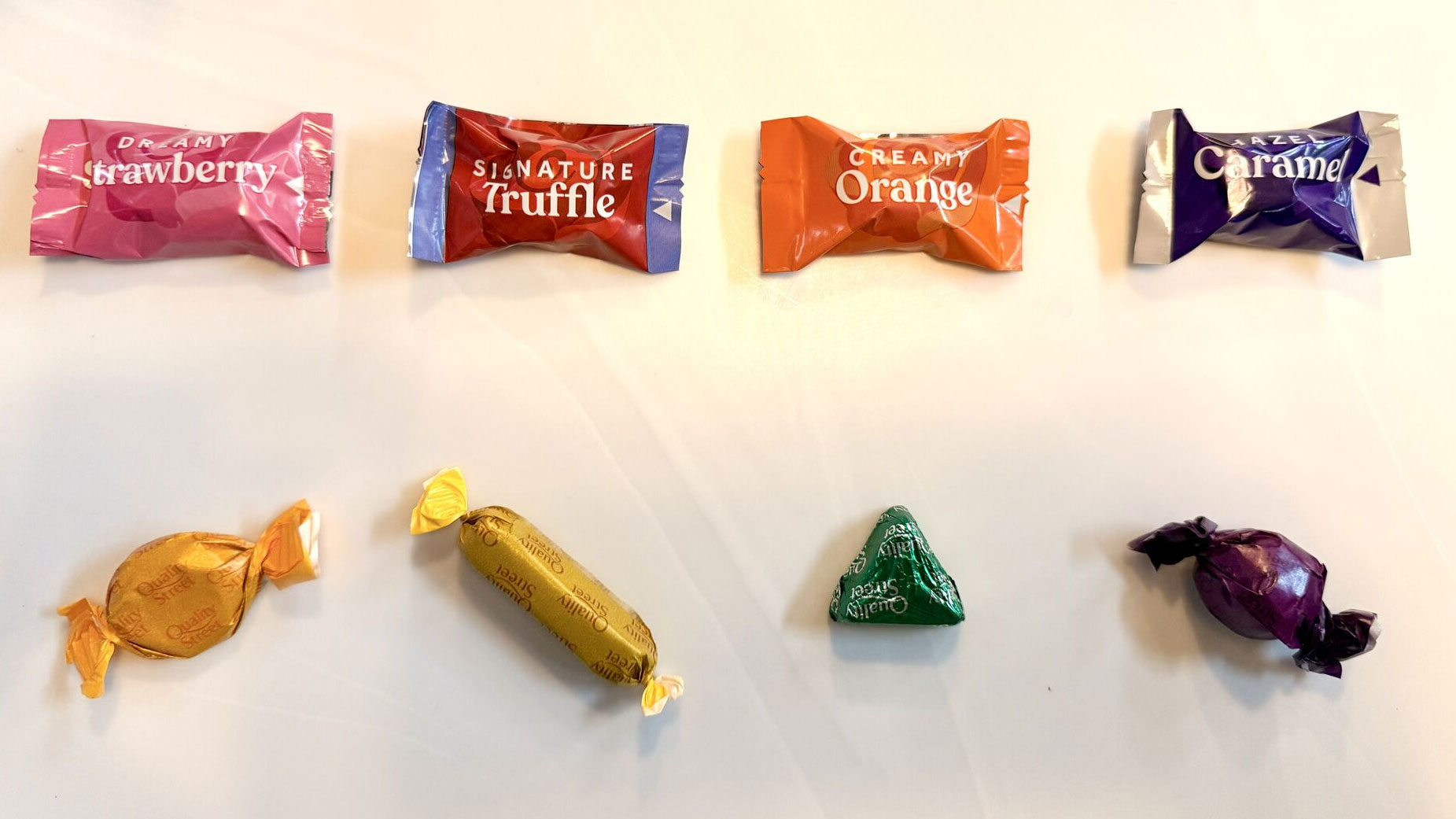Creative lighting using 32-bit colour
Sam Hampton-Smith explains how floating-point colour enables you to use advanced lighting effects to transform a photo into video footage.
Sometimes we need to create additional footage from nothing more than a photograph. One solution is to do an opacity fade in order to simulate the passing of day into night. The problem is that 100 per cent brightness becomes grey at 50 per cent opacity, so something that should be bright becomes dull and lifeless.
To help solve this problem, you can use After Effects' support for floating-point (32-bit) colour. Float colour enables you to record brightness values greater than 100 per cent and lower than 0 per cent. Brightness at 300 per cent and at 50 per cent opacity is still 150 per cent brightness. So as you do an opacity fade, the brightest elements in your shot stay bright, just as they would in video, creating a convincing piece of footage. This opens up a range of possibilities for advanced lighting effects and realistic glows within After Effects. Note too that although the method is different, Shake and Autodesk Combustion can be used in the same way.
Click here to download the support files (6.35MB)
Click here to download the tutorial for free
Daily design news, reviews, how-tos and more, as picked by the editors.

The Creative Bloq team is made up of a group of art and design enthusiasts, and has changed and evolved since Creative Bloq began back in 2012. The current website team consists of eight full-time members of staff: Editor Georgia Coggan, Deputy Editor Rosie Hilder, Ecommerce Editor Beren Neale, Senior News Editor Daniel Piper, Editor, Digital Art and 3D Ian Dean, Tech Reviews Editor Erlingur Einarsson, Ecommerce Writer Beth Nicholls and Staff Writer Natalie Fear, as well as a roster of freelancers from around the world. The ImagineFX magazine team also pitch in, ensuring that content from leading digital art publication ImagineFX is represented on Creative Bloq.
